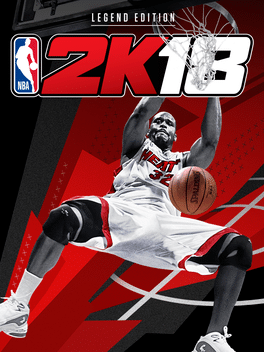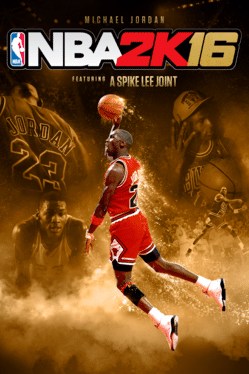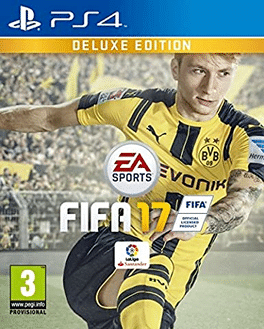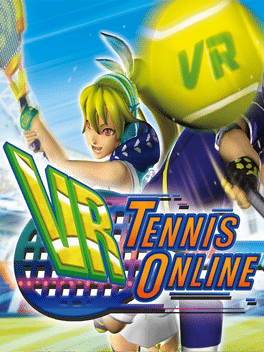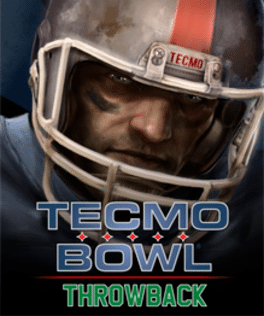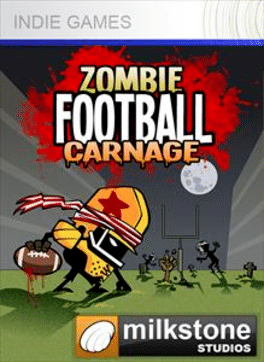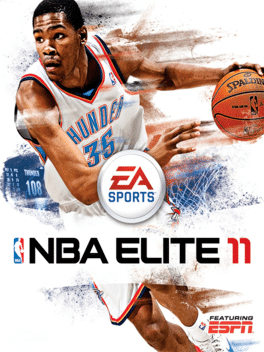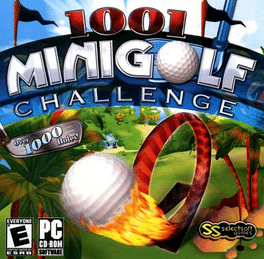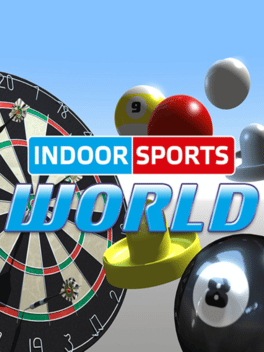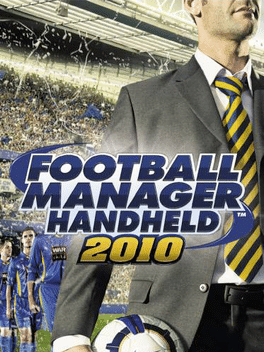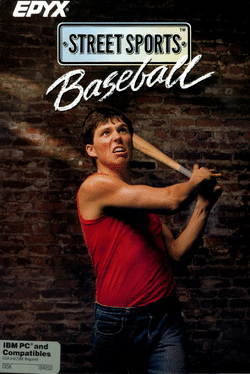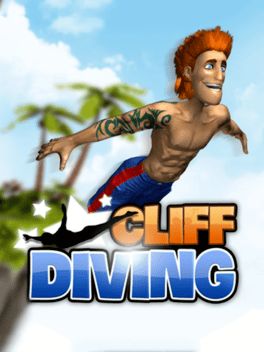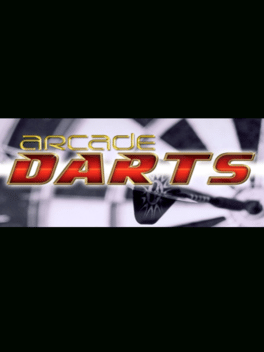Most Popular Mac Games - Page 216
-
NBA 2K18: Legend Edition
2017
The NBA 2K18 Legend Edition includes the following digital items: 100,000 VC; 20 MyTEAM Packs to build your perfect fantasy team (delivered one a week) featuring a guaranteed Shaq card and one random Team - 2K Free Agent card; Shaq Attaq shoes; Rookie Shaq jersey; Shaq Official Logo shirt; Shaq "nickname" jersey; and Shaq Championship ring. -
NBA 2K18: Legend Gold Edition
2017
The NBA 2K18 Legend Edition Gold includes the following digital items: 250,000 VC; 40 MyTEAM Packs to build your perfect fantasy team (delivered one a week) featuring a guaranteed Shaq card and one random Team 2K Free Agent card; Shaq Attaq shoes; Rookie Shaq jersey; Shaq Official Logo shirt; Shaq "nickname" jersey; Shaq Championship ring; Mitchell & Ness Shaq jersey collection (5 in total); and additional MyPLAYER apparel items. -
NBA 2K16: Michael Jordan Special Edition
2015
NOTE: All multiplayer servers for NBA 2K16 will be shutdown as of 12/31/2017. After that time, all game functions requiring online servers will no longer function. NBA 2K is back with the most true-to-life NBA experience to date with NBA 2K16. Featuring an all-new MyCAREER experience written, directed & produced by acclaimed filmmaker Spike Lee. Guide your MyPLAYER through the complete NBA journey, take control of an NBA franchise, or hone your skills online competing against gamers around the world. The NBA 2K16 Michael Jordan Special Edition also features additional in game rewards: Digital Jordan shoes for your MyPLAYER; Jordan T-shirt for your MyPLAYER; Jordan Jersey for your MyPLAYER; 30,000 Virtual Currency; MyTEAM VIP+ Packs, featuring 3 Emerald Packs AND a new Special Edition Exclusive Moments Card. -
FIFA 17: Deluxe Edition
2016
This version includes: - Up to 20 FIFA Ultimate Team Jumbo Premium Gold Packs - Team of the Week loan player - FUT loan item of Eden Hazard, Anthony Martial, Marco Reus or James Rodriguez - Custom FUT kits created by designers or FIFA soundtrack artists -
VR Tennis Online
2017
-
Wakeboarding HD
2010
Wakeboarding HD
2010
Grab your board and hold on tight! Wakeboarding HD drops players into a high-speed, water-filled, arcade experience to maneuver through tracks, perform high-flying tricks, collect bonuses and avoid dangers from exploding mines to bloodthirsty sharks. Show your skills and wreak havoc as the bright and colorful tropical paradise resort transforms into an action-packed extreme playground. Perform assigned tasks while zooming through obstacles at top speed in order to keep your action chains going. Jump the ramps, ride the rails, crash through boats, docks and tourists and collect stars and power-ups while feeling the power of the wake! -
Tecmo Bowl Throwback
2010
Tecmo Bowl Throwback
2010
Tecmo Super Bowl is back in the form of Tecmo Bowl Throwback, a remake of the game that allows players to switch between both new and classic graphics. -
Zombie Football Carnage
Zombie Football Carnage is an Xbox Live Indie Game that was later ported to the PC. -
NBA Elite 11
EA's renamed basketball simulation set for an October 2010 release was cancelled at the last minute due to concerns over quality. The game was intended to introduce brand new control concepts and mechanics meant to innovate on the simulation basketball genre. Developers of the Xbox 360 and PlayStation 3 versions aimed to completely change the game's control system but were pressed for time with an 18-month development cycle. A demo released during development was plagued with glitches that were much publicized, including one YouTube video of player Andrew Bynum stuck in the middle of the court in the model's bind pose. Copies of the PlayStation 3 version that entered circulation are considered rare collector's items. -
NBA Live 13
After two years off (and a cancelled name change), NBA Live was set to return for the 2012-2013 NBA season before it was officially cancelled on September 27, 2012. This marks the third year in a row that EA did not release an NBA simulation game. -
Looney Tunes Galactic Sports
2015
Bugs Bunny & Co. go to Mars to compete in the zany Galactic Sports event. -
1001 MiniGolf Challenge
2006
Welcome to the largest mini-golf course ever! Play over 1000 fun and challenging holes in an amazing mini-golf world! The intuitive and realistic 3D Virtual Play engine makes it easy to sink putts as you send your ball flying through loops pipes extreme ramps and mind-blowing obstacles. With a combination of real golf rules and wacky mini-golf fun it's the ultimate challenge!Realistic 3D Play Zoom in zoom out & rotate 360 degrees up down left & right. Wild & Crazy Obstacles: Flowers & Plants can slow you down or be used to make ricochet shots.Sand Traps will cost you valuable strokes...just like on a real golf course!The Fan can push your ball high over obstacles--or past the hole!The Speeder gives your shot a boost. -
Indoor Sports World
2013
Indoor Sports World
2013
Indoor Sports World features all of your favourite indoor sports games in one Place: Air Hockey, Darts, Pool and Snooker. Within each game mode you will find several different variations and rule sets to cater for every player’s desire, from the new kids on the block to old pros. -
Football Manager Handheld 2010
2009
Get Football Manager Handheld™ 2010 , Sports game for PSP console from the official PlayStation® website. Know more about Football Manager Handheld™ 2010 Game. -
Street Sports Baseball
1987
In Street Sports Baseball, one or two teams could choose to battle it out in a urban, inner-city areas rather than stadiums. -
VR Fitness
2017
VR Fitness
2017
Enjoy moving your body with VR! Beat the enemies coming one after another with your flying slash! Use your whole body from top to bottom to let out a flashy action! When you finished playing, the calories used will be displayed. Have an enjoyable fitness with this game! -
Arcade Darts
2010
